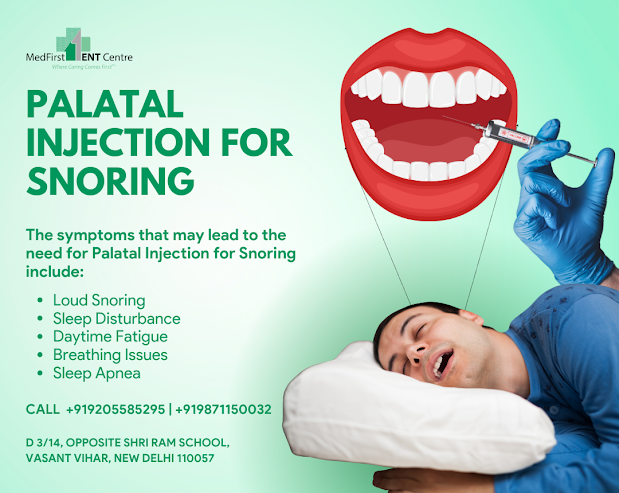Understanding And Treating A Deviated Nasal Septum Explained By Dr. Rajesh Bhardwaj #DNS #nasalseptum #ent

Comprehensive Guide to Septoplasty for Nasal Septum Deviation Deviated Nasal Septum (DNS) occurs when the nasal septum, the structure that divides the nasal passage into left and right sides, is not centrally aligned. In most cases, there is a mild deviation in one direction, but when the deviation becomes severe, it is diagnosed as DNS. The symptoms associated with DNS include nasal blockage, occasional nasal bleeding, and nasal pain if the septum abuts a sensitive structure. Addressing a deviated nasal septum typically requires surgical intervention, as medications are not effective in correcting the issue. The nasal septum is composed of a malleable anterior cartilage and a bony rear portion. DNS can manifest in various forms, such as being to one side, C-shaped, S-shaped, anterior, or posterior. Sharp bony projections are often referred to as spurs. The surgical procedure to correct a deviated septum is known as Septoplasty, and it is now performed in a minimally invasive manner us...







